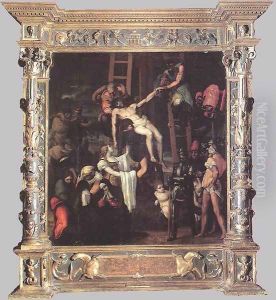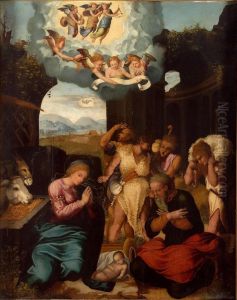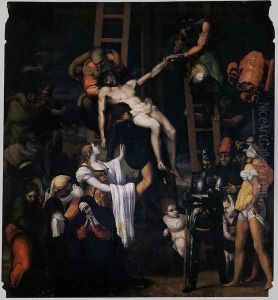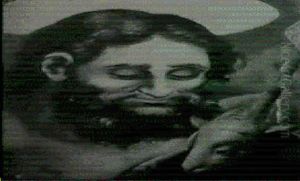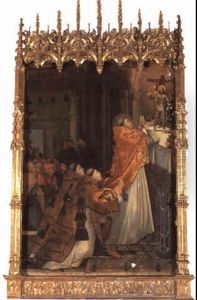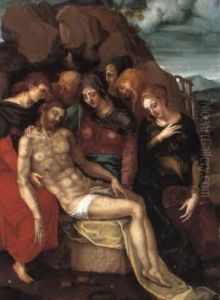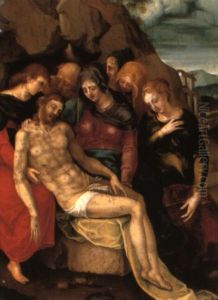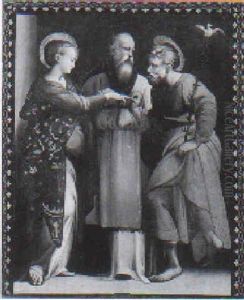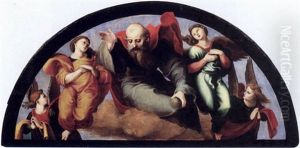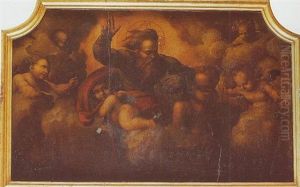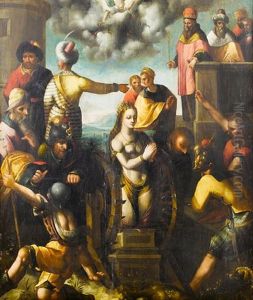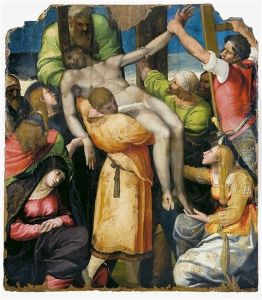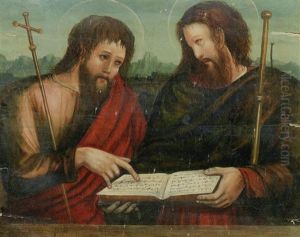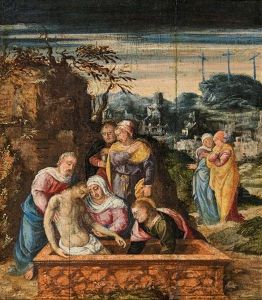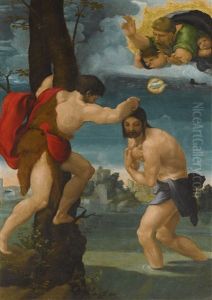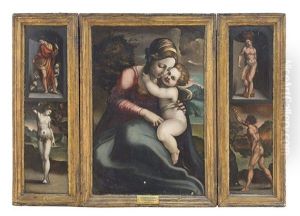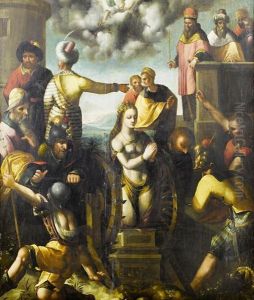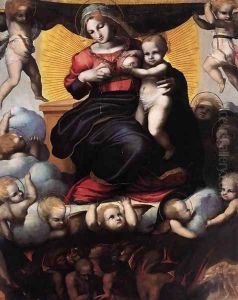Pedro Machuca Paintings
Pedro Machuca was a Spanish Renaissance architect and painter, born around 1490 in Toledo, Spain. Though little is known about his early life and training, it is believed that he spent a significant part of his formative years in Italy, which was highly unusual for Spanish artists of that time. There, he is thought to have come into contact with the works of Michelangelo and Raphael, among others, which greatly influenced his artistic development.
Machuca returned to Spain and entered the service of the Spanish court under Holy Roman Emperor Charles V, who ruled over an extensive empire including Spain, Germany, the Low Countries, and parts of Italy and the Americas. In Granada, Machuca was entrusted with an ambitious project: the construction of the Palace of Charles V, located within the Alhambra complex. This palace is considered his masterpiece and one of the first examples of Renaissance architecture in Spain. The structure is notable for its powerful classical forms and its circular courtyard, which was unprecedented in Spanish architecture at the time.
In addition to his architectural work, Machuca also engaged in painting, although there are fewer surviving examples of his work in this medium. His style in painting, like in architecture, reflected the influence of Italian Renaissance, which contrasted with the prevalent Gothic and Mudéjar styles in Spain during the early 16th century.
Machuca's contributions to the Spanish Renaissance were significant, as he played a role in introducing and disseminating Renaissance styles in Spain through his works. His influence can be seen in the works of later Spanish architects and artists who embraced the new Renaissance ideals. Pedro Machuca's death is recorded as having occurred in 1550, and his legacy is that of a pioneer in bringing Italian Renaissance aesthetics to Spanish art and architecture.
